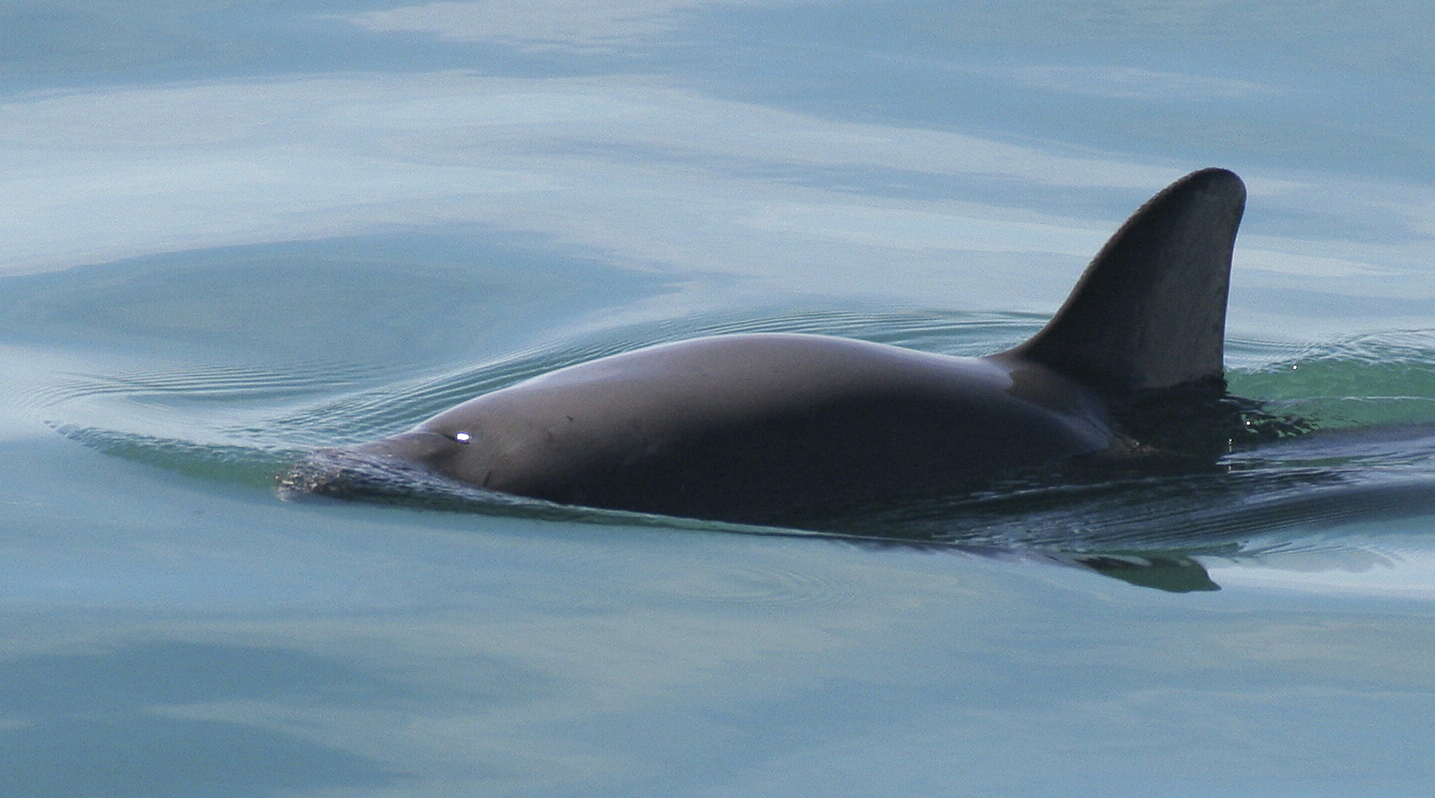Esta entrada también está disponible en: ES (Spanish)
The Fauna Viewer allows you to observe the species that inhabit protected areas through videos and photographs captured by camera traps.
The Ministry of Environment and Natural Resources (SEMARNAT) and the National Commission of Natural Protected Areas (CONANP) have announced the second edition of the Fauna Viewer in Protected Natural Areas. It has been revamped with the purpose of providing users with a rewarding experience and bringing them closer to the diverse species of animals that inhabit the nation’s natural environments.
It has been noted that the latest material in the Fauna Viewer is labeled as “new” to facilitate its identification. In total, 2,275 photographs and 565 videos have been recorded in the first and second seasons, amounting to a total of 2,840 files. Furthermore, 634 species and 112 protected natural areas (PNAs) have been recorded.
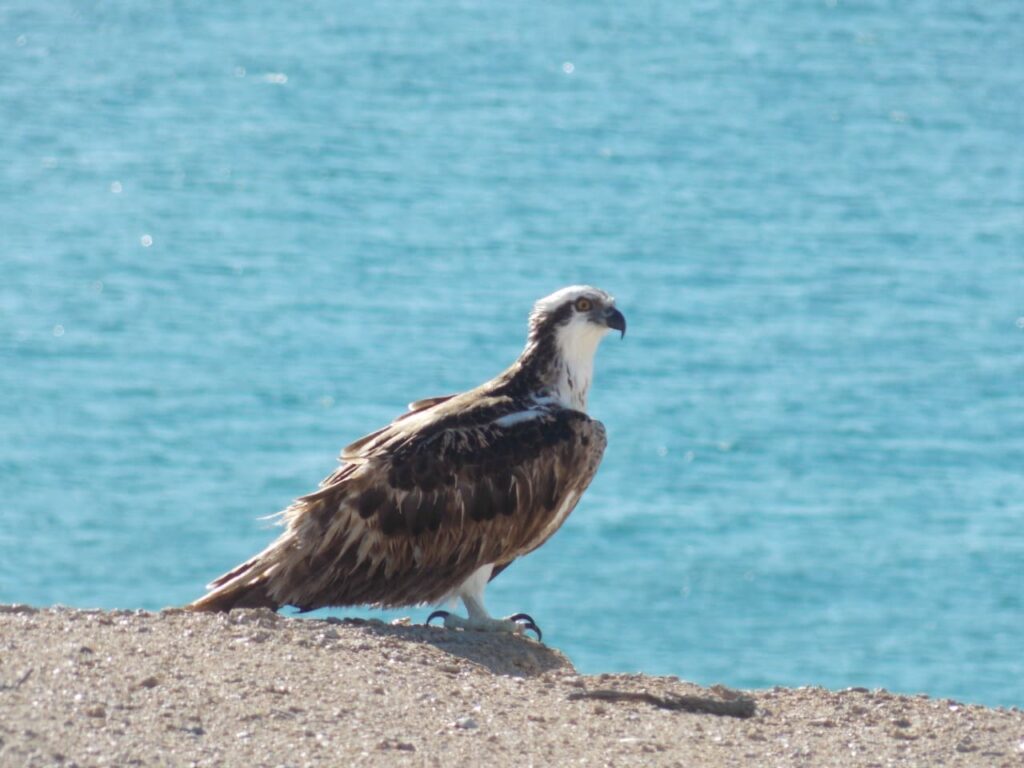
María Luisa Albores González, head of SEMARNAT, has invited people to visit, promote, and share the Fauna Viewer, especially among minors. She has also acknowledged the work carried out by the park rangers of CONANP.
In particular, the use of camera traps is highlighted, as thanks to the knowledge and experience gained, special scenes of various animals have been captured, indicating the good health of the ecosystems.
Humberto Adán Peña Fuentes, head of CONANP, has presented some videos and photographs as examples of what can be found on this platform. Among them, there is a video of an otter in the Pantanos de Centla Biosphere Reserve, Tabasco, and a photograph of an ocelot in the La Sepultura Biosphere Reserve, Chiapas.
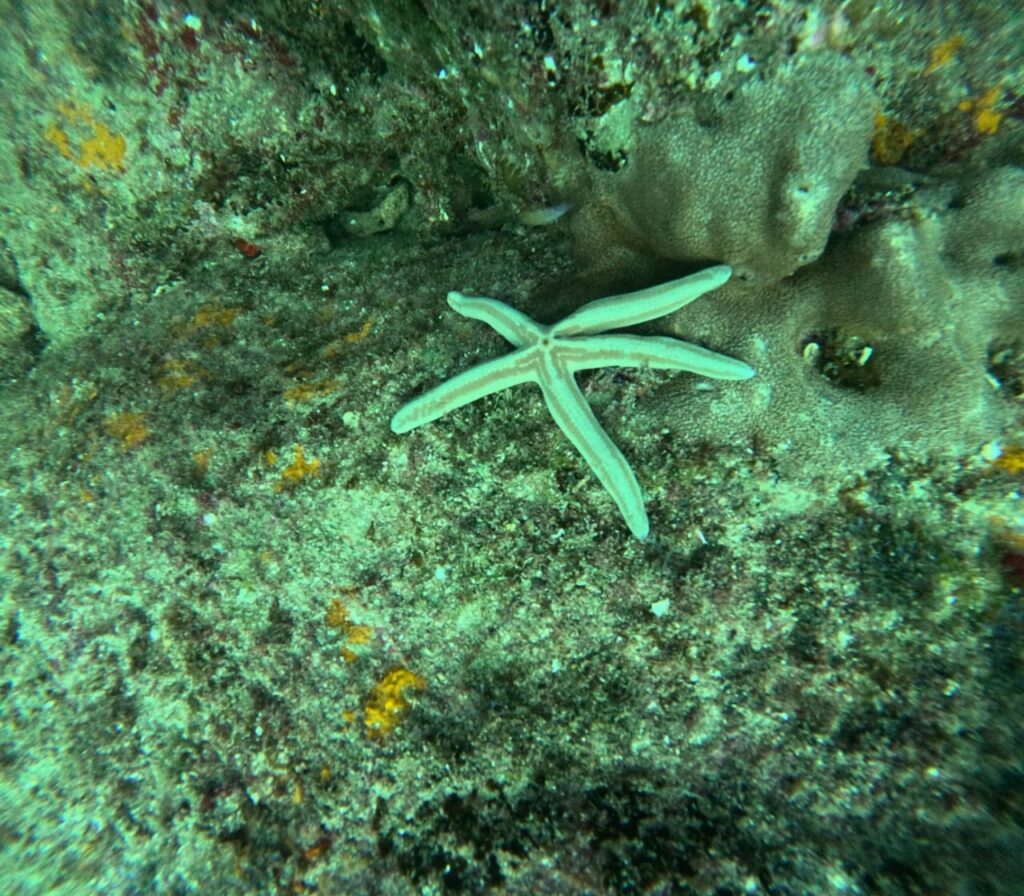
Additionally, you can observe an anteater in the Los Tuxtlas Biosphere Reserve, Veracruz; a teporingo (volcano rabbit) on the Iztaccíhuatl volcano, State of Mexico; an albatross in the Guadalupe Island Biosphere Reserve, and finally, a vaquita marina in the Upper Gulf of California Biosphere Reserve.
The site has been optimized for use on mobile devices such as smartphones and tablets. Now, the images and videos can be viewed in a carousel without the need to close them to move to the next one, providing a more user-friendly browsing experience.
In this second phase, the site’s design has been revamped, and now users can perform searches by clicking on the logo of the protected natural areas (PNAs) and by clicking on the photographs of the specimens. Furthermore, filters have been added to view only photographs, videos, or both.
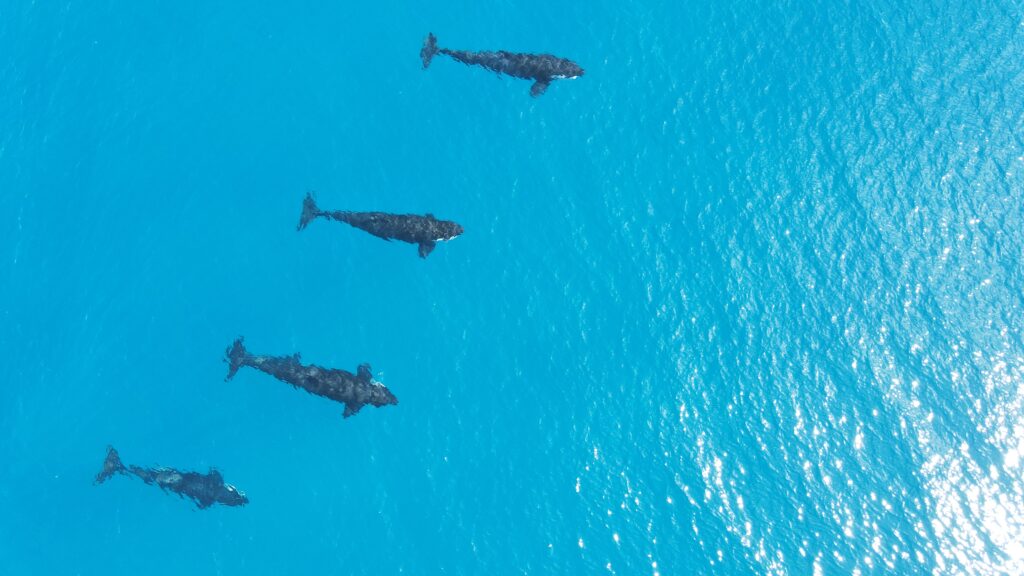
What is the Fauna Viewer?
The Fauna Viewer platform in Protected Natural Areas displays photographs and recordings obtained through the use of hidden cameras or during field monitoring expeditions in the territory.
These images allow for documenting the animals that reside and traverse through the protected ecosystems, providing valuable information not only about their presence but also about their feeding patterns, reproduction, and other relevant biological and ecological aspects.
The hidden cameras are automatically triggered when they detect the movement of an animal through infrared sensors. This surveillance method is highly effective and does not cause any harm to the fauna, which is why it is used in multiple Protected Natural Areas under our custody.
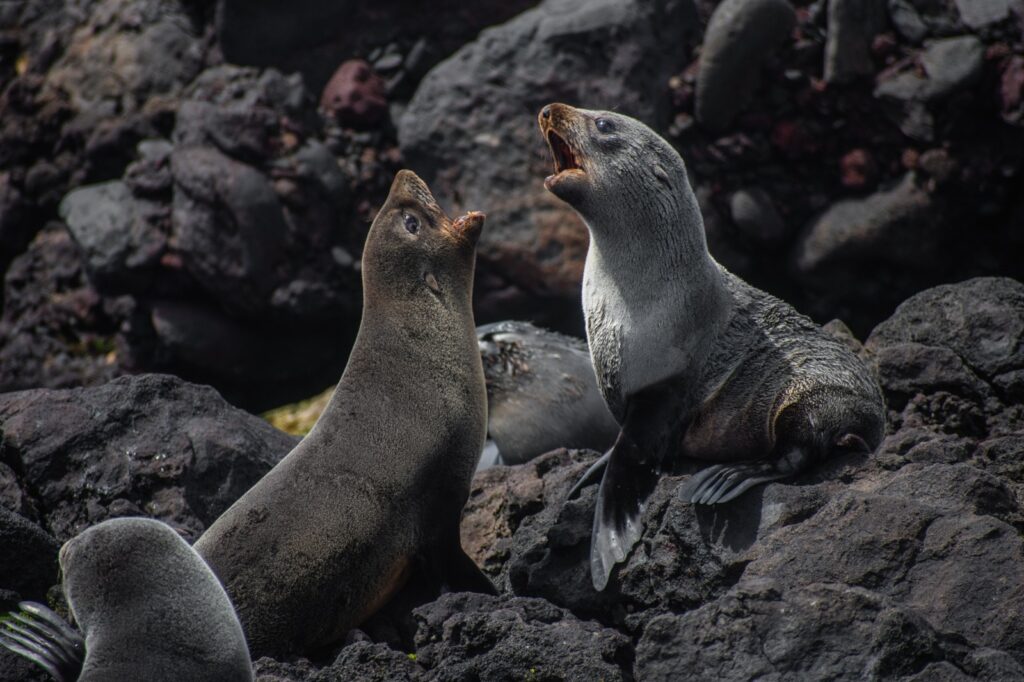
The vaquita marina in the Fauna Viewer
In the latest edition, a vaquita marina was captured by the Sea Shepherd team in the Fauna Viewer. This endangered species has had various sightings in recent months, and capturing an image of it provides valuable documentation of its presence and contributes to the ongoing efforts to protect and conserve the vaquita marina population.
Recently, authorities reported sighting four individuals of the vaquita marina species, and in April, the sighting of thirteen vaquitas marinas was reported. These sightings provide hope and highlight the importance of continued conservation efforts to protect and recover the population of this critically endangered species. Monitoring and documenting these sightings through platforms like the Fauna Viewer contribute to our understanding of their distribution and help inform conservation strategies.
Credits: Visor de Fauna en Áreas Naturales Protegidas, Semarnat






